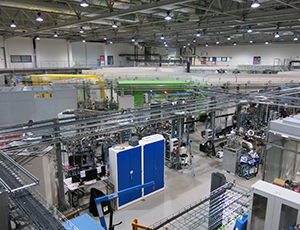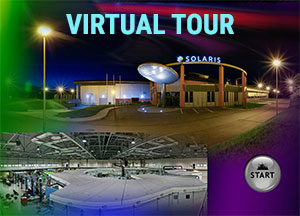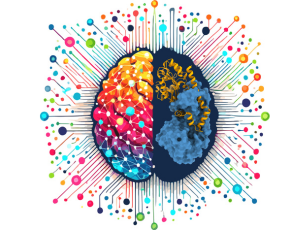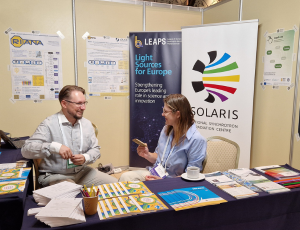 Web Content Display
Web Content Display
SOLARIS centre
 Web Content Display
Web Content Display
Summary of the 6th SOLARIS call for proposals

In the sixth call of proposals scientists from Poland and abroad could apply for beamtime at three synchrotron beamlines, as well as for research time at the cryo-electron microscope. In total, the SOLARIS Centre received 63 applications including 34 for beamlines and 29 for Cryo-EM.
The most attractive beamline in this call was the PEEM/XAS, for which we had gained as many as 19 applications. The UARPES has received 9 applications, while the recently commissioned PHELIX line has obtained 6 applications.
The majority of them were submitted by scientists affiliated with Polish universities and research institutions, while as many as 15 of them come from European research centers such as Sorbonne Université, Saint Petersburg State University, Helmholtz Zentrum Berlin, University of Tartu, Paul Scherrer Institute, University of Linz, Karlstad University, Vinca Institute for Nuclear Sciences Serbia and many other.
"Compared to previous years, we are observing an increase of foreign applications. We are glad that Users from abroad trusted us despite of the pandemic situation" – notes Alicja Górkiewicz – manager of the SOLARIS Users Office.
The planned experiments were assigned to the following fields of science: physics, material sciences, chemistry, life sciences and biotechnology, engineering and technology. However, planned research on the Cryo-EM microscope is primarily biology but also chemistry.
The applications submitted to the SOLARIS Centre will be evaluated technically (whether experiments can be carried out using the available infrastructure). They will also undergo sample safety evaluation. The decisive factor will be, however, substantive assessment, including such criteria as the level of innovation in planned research, precise scientific hypotheses, clearly defined methodology, convincing grounds for using synchrotron radiation, applicants' scientific achievements. The substantive assessment will be carried out by the international commission.
Accepted experiments will be carried out from March 2021.



